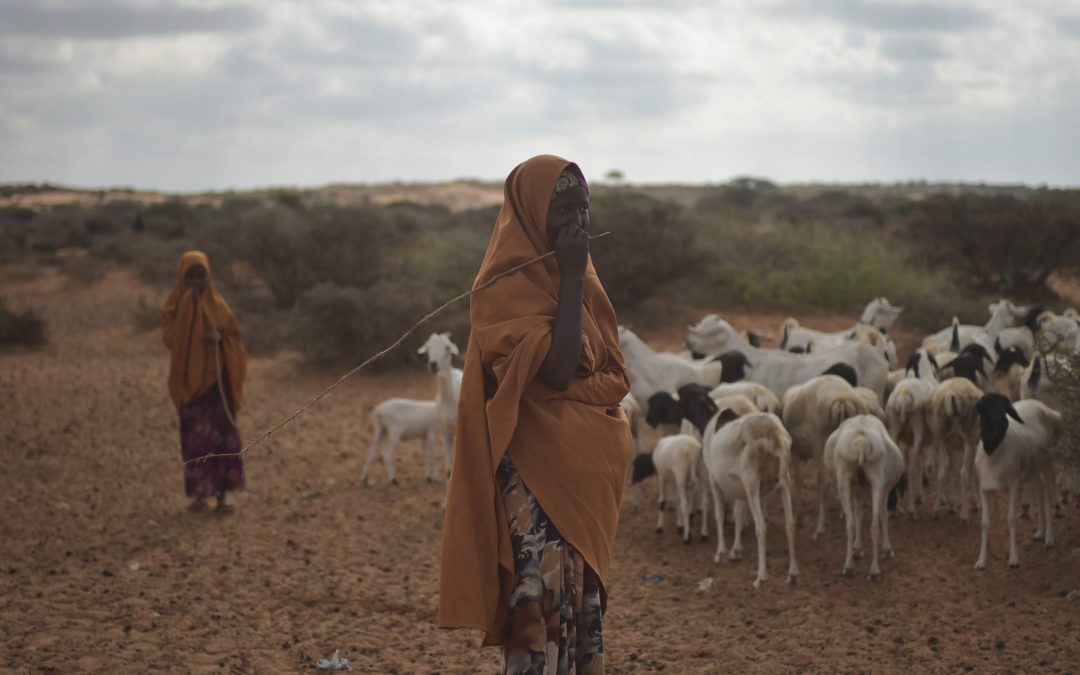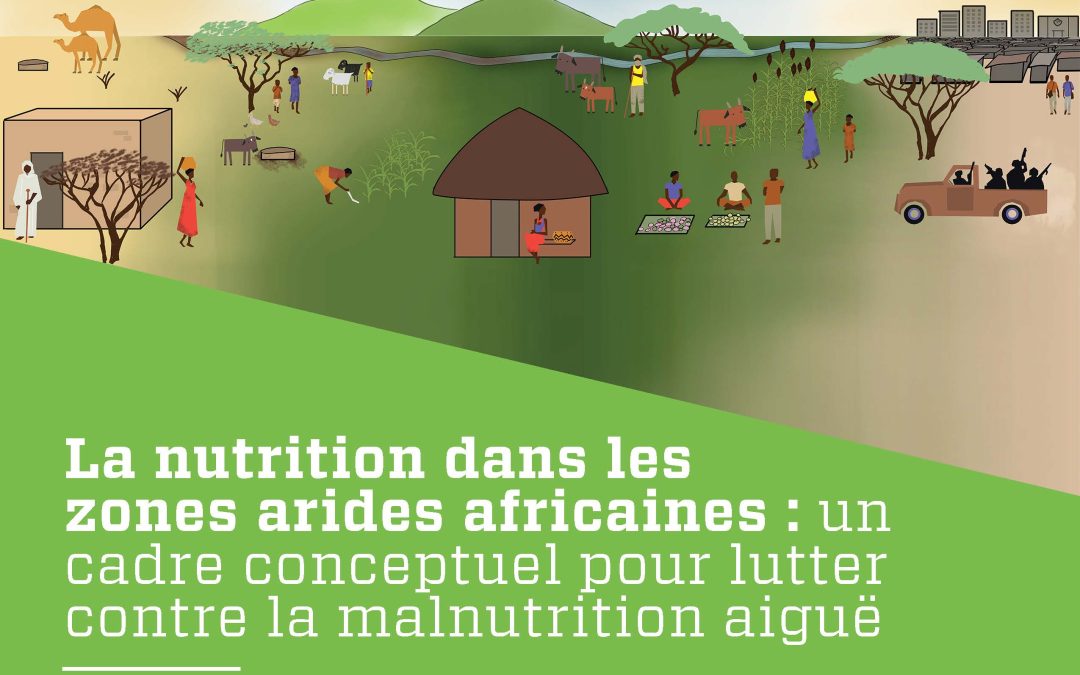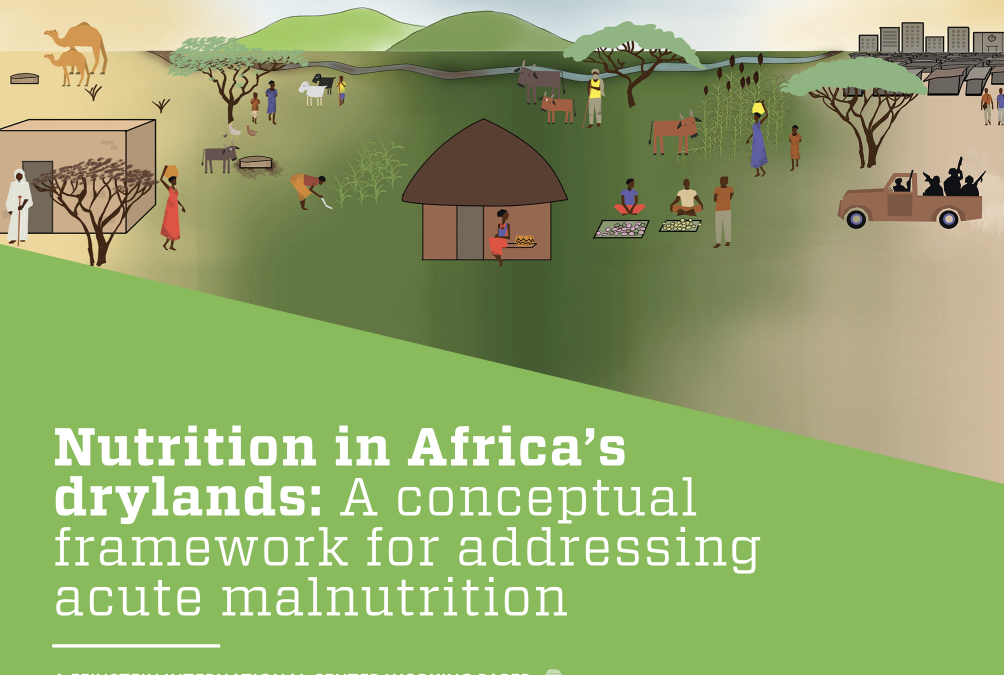
by Anne Radday | January 7, 2021
This study seeks to understand the availability and quality of information, and the external influences on data collection and analysis for the classification of food emergencies.

by Anne Radday | October 13, 2020
Through a series of webinars in late 2020, current researchers and practitioners review recent evidence related to kwashiorkor. These webinars will lead to another meeting of experts to discuss and advance kwashiorkor prevention, diagnosis, and treatment.
by Anne Radday | August 3, 2020
This study is a partnership with Concern Worldwide that aims to inform programming around water, livestock, and nutrition in the Goz Beida area. It investigates the seasonal patterns of acute malnutrition and its key drivers in the Goz Beida Region.

by Anne Radday | July 31, 2020
Le présent document d’information examine et met à jour le cadre conceptuel généralement accepté des moteurs de la malnutrition aiguë dans les zones arides africaines, où continue d’exister obstinément un niveau critique de malnutrition aiguë globale.

by Zineb Ouardaoui | July 23, 2020
This brief reviews and updates the generally accepted conceptual framework of drivers of acute malnutrition in Africa’s drylands, where emergency levels of global acute malnutrition stubbornly persist.



